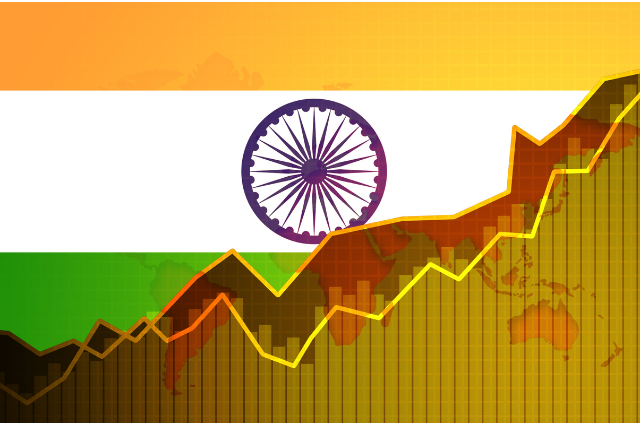
Countries that do not adapt to the requirements of the new economy will become irrelevant in the global marketplace. India, with its immense potential and skilled workforce, has a significant opportunity to lead in this era of rapid technological advancement and innovation. - N. R. Narayana Murthy, Co-founder of Infosys.
CURRENT ECONOMIC LANDSCAPE
India's economic landscape stands as a reflection of its dynamism and resilience amidst global uncertainties. Presently, the nation grapples with a mixed bag of economic indicators, each portraying a unique facet of its : progress and challenges.
Gross Domestic Product (GDP) growth rate, a cornerstone of economic performance, has witnessed fluctuations in recent times. While India boasted robust growth rates in the past, recent figures have shown a moderation in this momentum. Despite sporadic spurts, the overall trajectory has been one of moderation, prompting introspection into the underlying factors at play.
Inflation, the silent predator of purchasing power, has been a lingering concern. While efforts have been made to rein it in, the persistence of inflationary pressures poses a formidable challenge to policymakers. Balancing growth aspirations with price stability remains a delicate tightrope walk in the current economic narrative.

- Unemployment, a pressing issue with profound socio-economic implications, casts a shadow over India's growth story. Despite strides in industrialization and service sector expansion, job creation has not kept pace with the burgeoning workforce. The looming specter of unemployment necessitates innovative solutions and targeted interventions to harness the demographic dividend effectively.
- Fiscal deficit, a barometer of fiscal prudence, has been a cause for contemplation. The delicate balance between stimulating growth and maintaining fiscal discipline requires adept maneuvering in a complex economic milieu. Efforts to rationalize expenditures and augment revenue streams are imperative to mitigate the adverse effects of burgeoning deficits.
Recent economic trends reveal a nuanced narrative, characterized by a blend of resilience and vulnerability. While India continues to chart its path amidst global headwinds, the pace and trajectory of its economic journey warrant introspection and recalibration.
In this landscape of uncertainty and opportunity, the question that looms large is:
How can India leverage its inherent strengths to navigate the complexities of the global economic landscape and forge a path towards sustainable prosperity?
OBSTACLES TO GROWTH IN INDIA
India, often hailed as an emerging economic powerhouse, stands at a crossroads in its journey towards prosperity. While the nation boasts immense potential and a burgeoning entrepreneurial spirit, it grapples with a myriad of obstacles hindering its economic growth.
- Inadequate Infrastructure:
One of the foremost hurdles impeding India's economic progress is its inadequate infrastructure.
Insufficient roads, railways, ports, and power supply networks not only hamper the efficient movement of goods and services but also deter investment and business expansion.
The lack of modern infrastructure stifles productivity and limits the country's ability to compete on the global stage.
- Bureaucratic Red Tape:
The bureaucratic maze in India is notorious for its complexity and inefficiency. Cumbersome procedures, excessive paperwork, and bureaucratic inertia create significant barriers for businesses, stifling innovation and entrepreneurship.
Decentralization of decision-making and streamlining of administrative processes are imperative to foster a more conducive business environment.
- Corruption:
Corruption remains a pervasive issue plaguing India's economic landscape. From petty bribery to high-level graft, corruption erodes trust in institutions, distorts market mechanisms, and diverts resources away from productive endeavors.
Robust anti-corruption measures, coupled with increased transparency and accountability, are essential to combat this scourge and restore investor confidence.
- Regulatory Complexities:
India's regulatory framework is often criticized for its complexity and ambiguity. Overlapping regulations, frequent policy changes, and regulatory inconsistencies create uncertainty for businesses, deterring both domestic and foreign investment.
Simplifying regulations, enhancing regulatory clarity, and fostering a culture of compliance are crucial steps towards promoting ease of doing business in India.
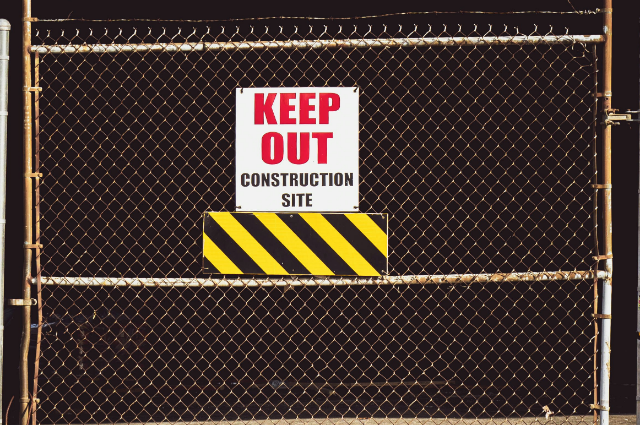
Impact of Socioeconomic Factors:
Income Inequality:
India grapples with significant income inequality, with a vast disparity between the rich and the poor.Persistent income inequality not only undermines social cohesion but also hampers economic growth by limiting consumption and investment opportunities for the marginalized sections of society.
Addressing income inequality through progressive taxation, targeted welfare programs, and inclusive economic policies is essential for sustainable development.
Lack of Access to Education and Healthcare:
The lack of universal access to quality education and healthcare perpetuates socioeconomic disparities and impedes human capital development.
A skilled workforce is the backbone of economic growth, yet millions of Indians lack access to basic education and healthcare services.
Investing in education and healthcare infrastructure, along with promoting inclusive policies, is crucial for unlocking India's demographic dividend and fostering sustainable development.
Environmental Challenges:
India faces a myriad of environmental challenges, including air and water pollution, deforestation, and climate change. Environmental degradation not only poses risks to public health and ecological sustainability but also undermines long-term economic prosperity.
Adopting sustainable development practices, investing in clean technologies, and strengthening environmental regulations are imperative to mitigate the adverse impact of environmental degradation on economic growth.
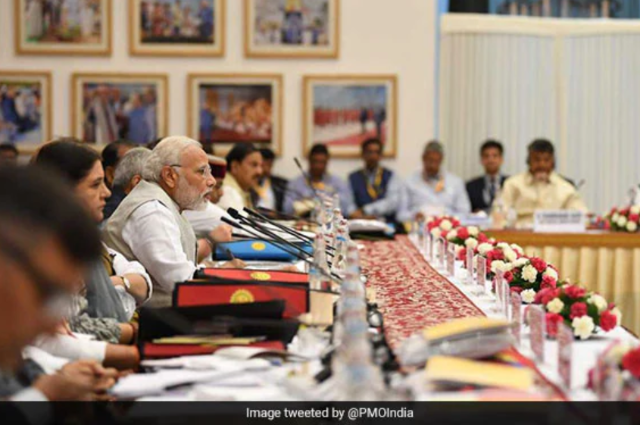
"Need To Take Growth To Double Digits:" PM Modi At NITI Aayog Meet- www.ndtv.com
As India navigates through these formidable challenges on its path to prosperity, one cannot help but wonder:
How can policymakers and stakeholders work together to overcome these obstacles and unleash India's full economic potential?
POLICY CHALLENGES
India has implemented various government policies and reforms in recent years with the aim of fostering economic growth and development.
Among these initiatives are the Goods and Services Tax (GST), the Make in India initiative, and numerous infrastructure development projects.
However, the effectiveness of these policies in achieving their intended objectives remains a subject of debate and scrutiny.
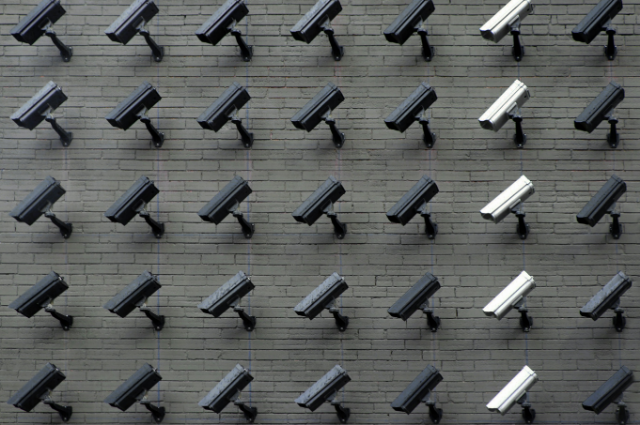
"RULING OUT THE DEFECTIVE FOR PROPER IMPLEMENTATION OF LAW AND INCREAMENT IN GROWTH CURVE" - Photo by Lianhao Qu on Unsplash
- The Goods and Services Tax (GST) was introduced in July 2017 with the goal of simplifying India's complex indirect tax system and creating a unified national market. While the GST has streamlined tax administration and reduced tax cascading, it has also faced criticism for its complex structure, compliance challenges, and initial disruptions to businesses. Evaluating its impact on economic growth requires a nuanced analysis of its benefits and drawbacks, including its effects on business competitiveness, consumer welfare, and revenue generation for the government.
- The Make in India initiative, launched in 2014, aims to transform India into a global manufacturing hub by promoting domestic manufacturing, attracting foreign investment, and fostering innovation. While the initiative has generated interest from investors and led to some improvements in ease of doing business, its success in revitalizing India's manufacturing sector and creating sustainable employment remains uncertain. Assessing the efficacy of Make in India requires examining its outcomes in terms of industrial output, export competitiveness, and job creation across different sectors and regions.
- Infrastructure development is crucial for supporting economic growth and improving living standards in India. The government has initiated various infrastructure projects, including roads, railways, ports, and urban infrastructure, to address infrastructure deficits and enhance connectivity across the country.
However, challenges such as delays in project implementation, funding constraints, land acquisition issues, and regulatory hurdles have impeded progress and raised questions about the efficacy of infrastructure investments in stimulating economic activity and productivity growth.
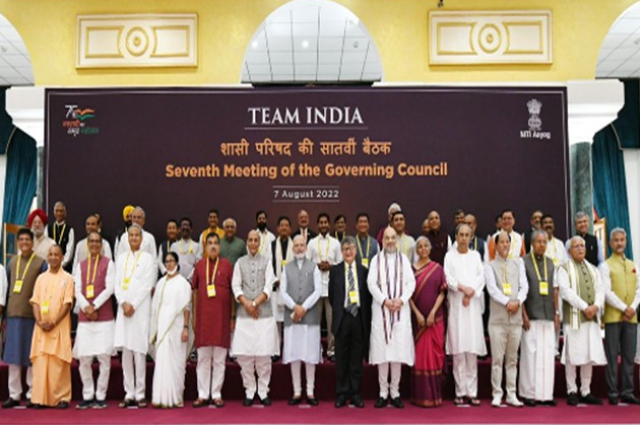
PILLARS CREATED "NITI AAYOG"- BY https://www.niti.gov.in/
Monetary and fiscal policies play a crucial role in shaping macroeconomic conditions and supporting sustainable growth.
- The Reserve Bank of India (RBI) formulates monetary policy to maintain price stability, support economic growth, and ensure financial stability.
- Fiscal policy, controlled by the central government, involves decisions on taxation, public spending, and borrowing to manage aggregate demand and fiscal deficits.
Evaluating the effectiveness of monetary and fiscal policies requires analyzing their impact on key macroeconomic indicators such as inflation, unemployment, interest rates, and government debt levels.
As a writer, I'm compelled to ponder: How can India strike a balance between promoting economic growth and addressing socio-economic inequalities through its policy initiatives?
GLOBALIZATION AND TRADE DYNAMICS
India's integration into the global economy has been a transformative journey marked by evolving trade relationships, surges in foreign direct investment (FDI) inflows, and active participation in international organizations such as the World Trade Organization (WTO).
This dynamic engagement reflects India's recognition of the interconnectedness of global markets and the opportunities it presents for economic growth.
At the heart of India's globalization strategy lies its robust trade relationships. Over the years, India has expanded its trade networks, forging partnerships with both traditional allies and emerging economies.
From bilateral agreements to multilateral trade pacts, India has sought to diversify its export markets and enhance its competitiveness on the global stage. The recent emphasis on regional trade blocs, such as the Regional Comprehensive Economic Partnership (RCEP), underscores India's commitment to fostering closer economic ties with its neighbors and beyond.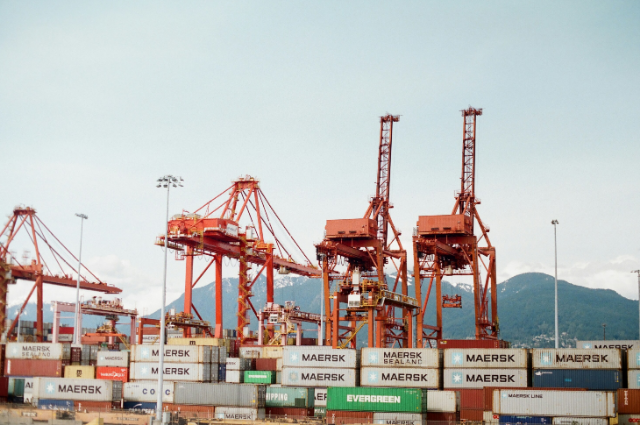
Amidst the backdrop of globalization, India's active engagement in international organizations like the WTO underscores its commitment to a rules-based multilateral trading system.
As a founding member of the WTO, India has advocated for the interests of developing countries while actively participating in trade negotiations and dispute settlement mechanisms. By leveraging its voice on the global stage, India seeks to safeguard its trade interests and promote inclusive and sustainable development.
However, India's integration into the global economy is not immune to the influence of global economic trends and geopolitical factors. Fluctuations in commodity prices, shifts in global demand patterns, and trade tensions between major economies can significantly impact India's export performance and trade balance.
Moreover, geopolitical developments, such as trade disputes or regional conflicts, can create uncertainties that affect investor confidence and disrupt supply chains.
How can India leverage its trade relationships and FDI inflows to drive inclusive and sustainable growth?
How does India balance its national interests with its commitments to the global community?
TECH INNOVATION
The symbiotic relationship between innovation, research and development (R&D), and technology adoption serves as the cornerstone of driving economic growth and fostering competitiveness on the global stage.
India, with its rich reservoir of human capital and entrepreneurial spirit, has carved a distinct niche in the realms of innovation and technological advancement.
The burgeoning Information Technology (IT) sector stands as a beacon of India's prowess, with dynamic startups and established firms alike propelling the nation forward in the digital age.
From software solutions to digital platforms, India's IT prowess has not only transformed domestic industries but has also commanded international attention, positioning the nation as a global hub for tech innovation.
Beyond the realms of code and algorithms, India's biotechnology sector stands as another testament to the nation's innovation potential. Pioneering breakthroughs in healthcare, agriculture, and environmental sustainability, Indian biotech firms have redefined the boundaries of possibility, offering solutions to some of humanity's most pressing challenges.
ENVIRONMENTAL SUSTAINABILITY
India stands at a crossroads, tasked with charting a course towards sustainable development. Strategies that embrace innovation and technology as catalysts for environmental conservation hold promise in this endeavor.
From clean energy technologies to sustainable agriculture practices, India's journey towards environmental sustainability hinges upon leveraging innovation as a force for positive change.
Question for Reflection:
In the symphony of progress, how can India amplify its efforts to foster innovation and technological advancement while ensuring environmental sustainability remains at the heart of its developmental narrative?
REGIONAL DISPARITIES
The heartlands of some states pulsate with vibrant economic activity, while others languish in the shadows of neglect, grappling with inadequate infrastructure and limited access to essential services. This stark reality begs the question:
How can India reconcile these disparities and pave the path towards inclusive growth?
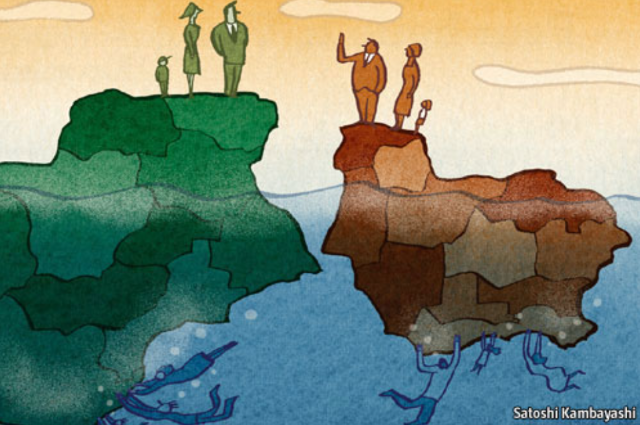
- Policies and initiatives aimed at reducing regional inequalities are paramount in this quest for equitable development. One such endeavor is the promotion of decentralized governance, empowering local authorities to tailor development strategies to the unique needs of their regions. By devolving decision-making powers and resources to the grassroots level, governments can foster a bottom-up approach to development, ensuring that no region is left behind.
- Additionally, targeted investments in infrastructure play a pivotal role in bridging the gap between prosperous urban centers and marginalized rural areas. From building roads and bridges to expanding access to electricity and clean water, infrastructural development lays the foundation for economic growth and social progress. By prioritizing infrastructure projects in underserved regions, policymakers can catalyze economic activity, create employment opportunities, and improve the quality of life for millions of citizens.
- Furthermore, initiatives aimed at promoting skill development and entrepreneurship hold immense potential in unlocking the latent talent and potential of regions lagging behind in economic development. By equipping individuals with the necessary skills and knowledge to thrive in a rapidly evolving economy, governments can unleash a wave of innovation and enterprise that transcends geographical boundaries.
As a writer, I ponder:
How can we ensure that our policies not only address the symptoms but also tackle the root causes of regional disparities, laying the groundwork for sustainable and inclusive growth across all corners of our vast and diverse nation?
PROSPECTS FOR DEVELOPMENT
Demographic Dividend:
India's youthful population presents a significant advantage in its quest for development. With a median age of just around 28 years, the country boasts a vast workforce, providing a robust foundation for economic growth.
However, harnessing this demographic dividend requires strategic investments in education, skill development, and job creation to ensure meaningful participation in the workforce.
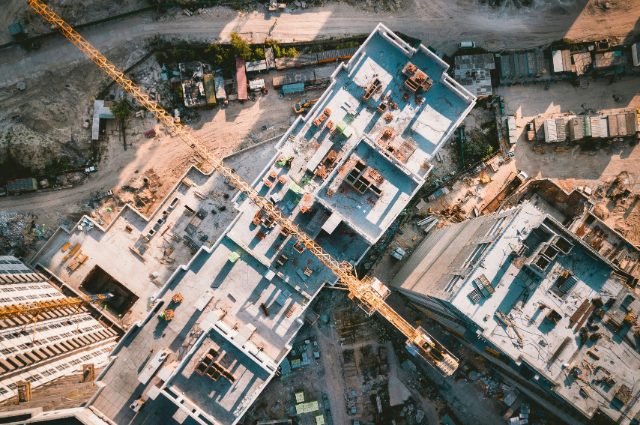
Growing Middle Class:
The emergence of a thriving middle class further amplifies India's developmental prospects. As incomes rise and consumption patterns evolve, this demographic segment drives demand across various sectors, fueling economic expansion and innovation.
Yet, addressing income inequality and enhancing social mobility remain imperative to sustain inclusive growth and realize the full potential of the middle class as a catalyst for development.
Potential for Technological Innovation:
India's prowess in technology and innovation holds promise for shaping its future trajectory. From pioneering startups to advancements in information technology and biotechnology, the country demonstrates a growing appetite for innovation-driven growth. Leveraging this potential requires fostering an ecosystem conducive to research, development, and entrepreneurship, along with bridging the digital divide to ensure equitable access to technological opportunities.
Opportunities and Challenges:
India's economic transformation unfolds against a backdrop of both opportunities and challenges. The ongoing liberalization reforms, such as the ease of doing business initiatives and tax reforms, open avenues for investment and trade, fostering a conducive environment for business expansion and global integration. However, entrenched structural bottlenecks, including infrastructure deficits, regulatory complexities, and bureaucratic inefficiencies, pose formidable obstacles to sustainable development.
Furthermore, environmental sustainability emerges as a pressing concern, necessitating a delicate balance between economic growth and ecological preservation. Climate change mitigation efforts and adoption of green technologies offer pathways towards a more sustainable developmental trajectory.
Implications for Global Economic Dynamics:
India's journey towards development reverberates on the global stage, shaping broader economic dynamics. As the world's largest democracy and a burgeoning market, India's economic resurgence enhances its role as a key player in the global economy. Collaborative partnerships, multilateral engagements, and technological exchanges with international stakeholders foster mutually beneficial outcomes and contribute to global economic resilience.
QUESTIONNAIRE CONCLUSION
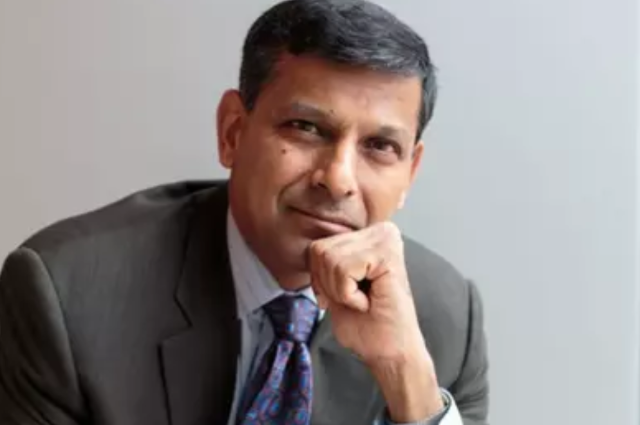
Former Reserve Bank of India (RBI) governor Raghuram Rajan has recently drawn criticism for his candid assessment of India's growth trajectory. In an interview with Bloomberg, Rajan emphasized the existence of significant structural challenges that require urgent attention.
He cautioned against succumbing to the allure of India's robust economic growth, cautioning that substantial efforts are still needed to translate this growth into tangible realities.
Rajan, aged 61 and a renowned economist, highlighted the imperative of addressing key structural deficiencies, notably the shortcomings in education and workforce skills, to unlock India's full potential. He stressed that any incoming government following the 2024 general elections must prioritize resolving these longstanding issues.
Expressing skepticism about India's prospects of attaining developed status by 2047, Rajan dismissed such aspirations as "nonsense" in the absence of fundamental improvements in education and persistently high dropout rates, which continue to impede the nation's progress.
. . .
References:
